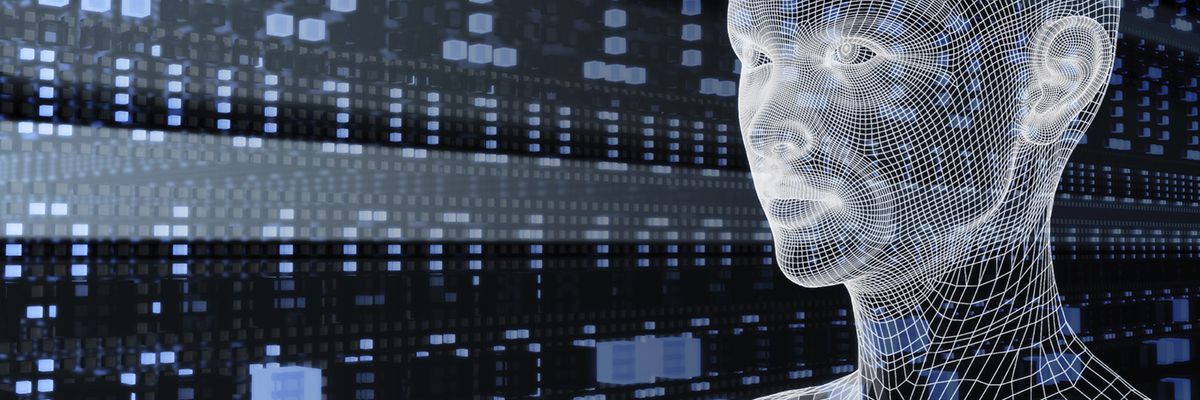The next decade will see robots transform from invisible forces obeying our commands to lifelike objects interacting with humans on a daily basis.
Getting most business services requests completed should be as easy as asking HAL 9000 to open the pod bay door in the classic Stanley Kubrick film 2001: A Space Odyssey. Before HAL malfunctioned, that is.
HAL is many people’s cultural reference when it comes to a cognitive agent, but so far, process automation and chatbots are usually as near as they get.
And as white-collar automation spreads like wildfire across business and public sector organisations, so too does a misconception that artificial intelligence (AI) is being widely used.
Today’s software is able to perform many repetitive tasks of workers that were traditionally seen as being safe from losing out to machines. Robotic process automation (RPA) is now mainstream.
But although RPA is proving its worth, grouping it in with AI, as many analysts and industry commentators do, is doing AI a disservice: RPA actually needs a lot of human intervention.
Chetan Dube, founder of AI platform maker IPsoft, says that with the benefits of RPA, you would expect all its users to be satisfied, but that is not the case. According to research by Horses for Sources, only 58% of enterprises that have adopted RPA are satisfied in terms of costs and business benefits.
The problem for the 42% of users who are dissatisfied is that it requires a lot of manual intervention to make it work, says Dube, previously a professor at New York University. “An army of people is needed to create and manage RPA projects, which includes spending on consultancy services,” he says. “As a result, many businesses are not getting the return on their investments.”
He gives the example of a telco in the Nordic region that invested in RPA: “The RPA software cost €30,000 a year, but the consultancy to get it going and manage it cost €6m.”
Dube says the creation of automation itself should be automated through autonomics. Imagine a future where a business user speaks to the computer in normal language and the computer then completes the request without any human interaction. Much like HAL 9000.
But this is no longer the future. IPsoft has already developed, and made commercially available, an autonomic platform for business support. The system learns over time so it can automate fixes even before problems are noticed, saving users soul-destroying journeys through IT helpdesks or HR department processes.
The platform has a cognitive agent that automatically checks privileges, for example, and translates the business user’s requests into the autonomic IT service management back end.
“In contrast, RPA traditionally accounts for only 20% of the time to resolution – the rest is triaging, ticketing and latency,” says Dube. “The manual processes in the middle weigh down anything that the RPA is doing.”
But enabling the business user to talk directly to the systems via a cognitive agent and autonomic platform is an example of how AI can be used to truly automate.
And it will go further than this, says Dube. “IT problems could be fixed before the user even knows they have a problem through predictive technology.”
Organisations that do not keep up with the rapid pace of change will soon fall by the wayside, says Dube. A significant number of Fortune 500 companies have disappeared in recent years because of their inability to keep up with changing IT lead business models, he points out.
Digital transformation is everywhere, says Dube, and “all organisations, whether they realise it or not, are sitting on a digital Darwinism curve”.
He says all organisations must get to grips with digital advances because the frontrunners will gain a huge advantage in terms of profits if they harness digital transformation effectively. “In contrast, digital laggards will see significant profit compression,” he adds.
AI, for example, is a technology that is still in its infancy in terms of potential, but is already close to going beyond the HAL-like robot and looking towards human-like robots walking the streets and interacting with people.
Dube says the combination of physical robotic machine bodies and AI software brains will eventually make it hard to tell humans and robots apart.
“We are carbon-based organisms and robots are silicon-based, but I think the boundaries around them are going to get progressively diffused to the extent that you will not be able to distinguish between a human and an android in the next nine years,” he says.
“Robots are becoming fairly smooth in terms of mechanical motion. They can easily walk through a crowded mall, avoiding people. They can take an escalator, climb down stairs and even run faster than humans. In five years, their dexterity will be as good as humans.
“But one component is missing – the brain – and that is the area we specialise in. When we implant the brain into the robot frame, it will be able to be asked a question, analyse what was said, and provide an answer. It will be able to walk and talk to you.”
Dube’s advice to policy-makers and businesses that fear the threat from robots is to make sure humans do not try to compete with robots on their turf. “You cannot try to hold a job as a truck driver in the future, because it is going to get automated, as is a grocery shop worker’s job,” he says. “Machines will do these things much more efficiently.
“But in the foreseeable future, machines are never going to be creative, which is where man reigns supreme.”
Humans will have to change their role in the world, says Dube, which will include transforming education to ensure people can continue to drive the use of AI. “Man should not constantly take on machines as they are the faithful servants with man on another level,” he adds. “We need to prepare for the new world and create more drivers.”
This article originally appeared on ComputerWeekly.

